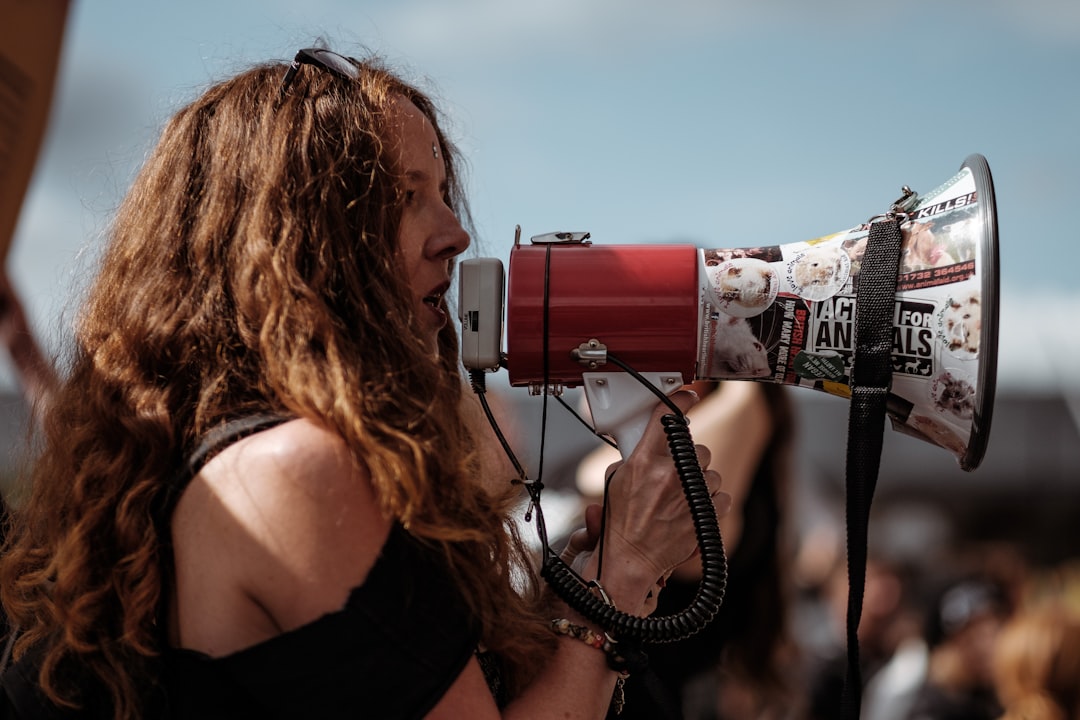What is it about?
Control from within is the intentional action taken by soldiers tasked with missions with which they disagree in an attempt to affect how the military implements politically based directives. The forms of control from within include restraining the aggressiveness of other soldiers, whistle blowing, selective and gray refusal to deploy, foot-dragging, collective bargaining about deployments, and documentation and testimonies. Under conscription, control form within is more likely to appear, while in a volunteer system, control from within is more restricted.
Featured Image
Why is it important?
Politically, control from within matters because it is a mechanism of subjugating the military to the popular will. Theoretically, this analysis takes us from focusing on formal mechanisms of control to analyze informal ones and their impacts. Furthermore, the concept fills a significant gap in the literature: Students of civilian control ask how manpower policies affect the civilian control that arises from social networks feeding the ranks, but not how manpower policies affect the control that arises from the ranks themselves.
Read the Original
This page is a summary of: Control from within: How soldiers control the military, European Journal of International Relations, March 2017, SAGE Publications,
DOI: 10.1177/1354066116631807.
You can read the full text:
Contributors
The following have contributed to this page










